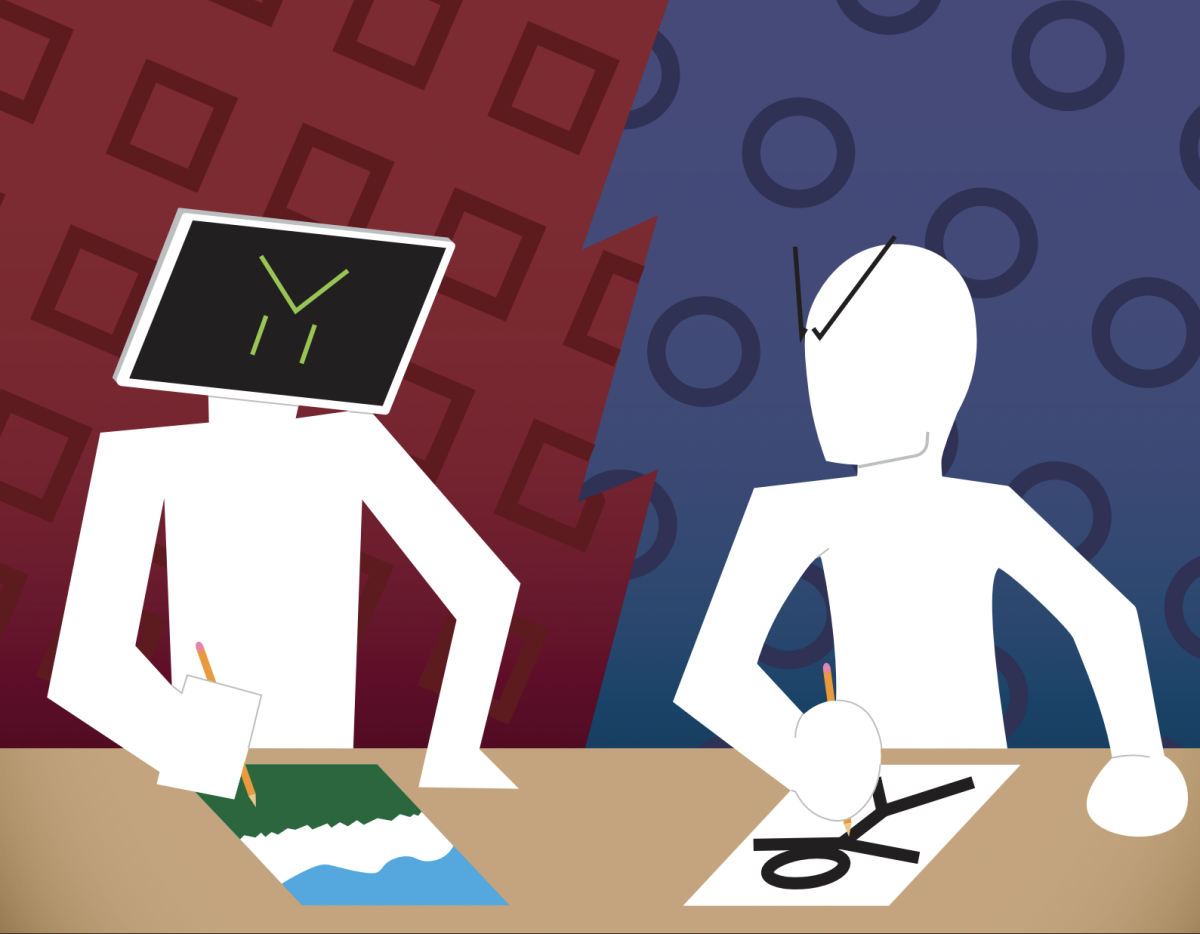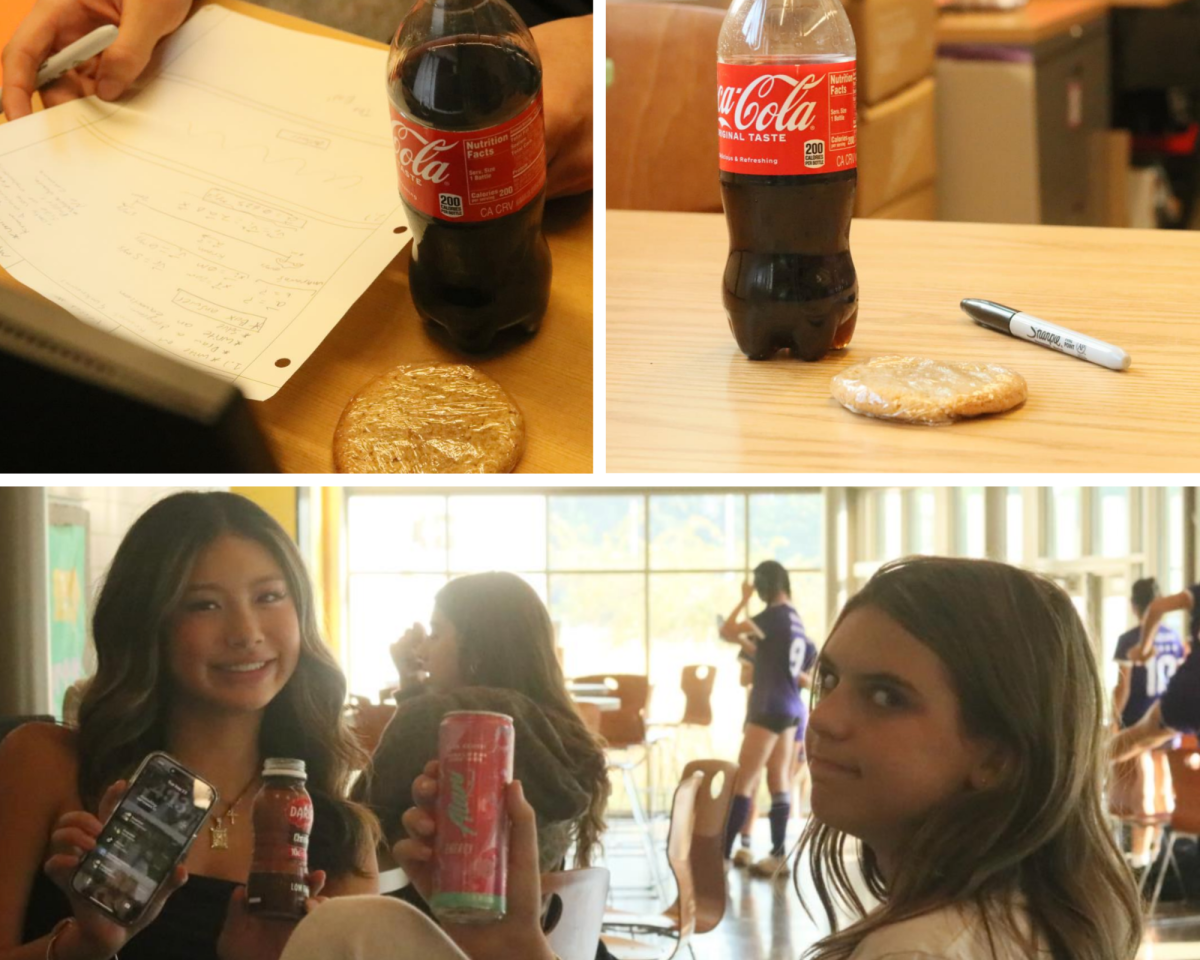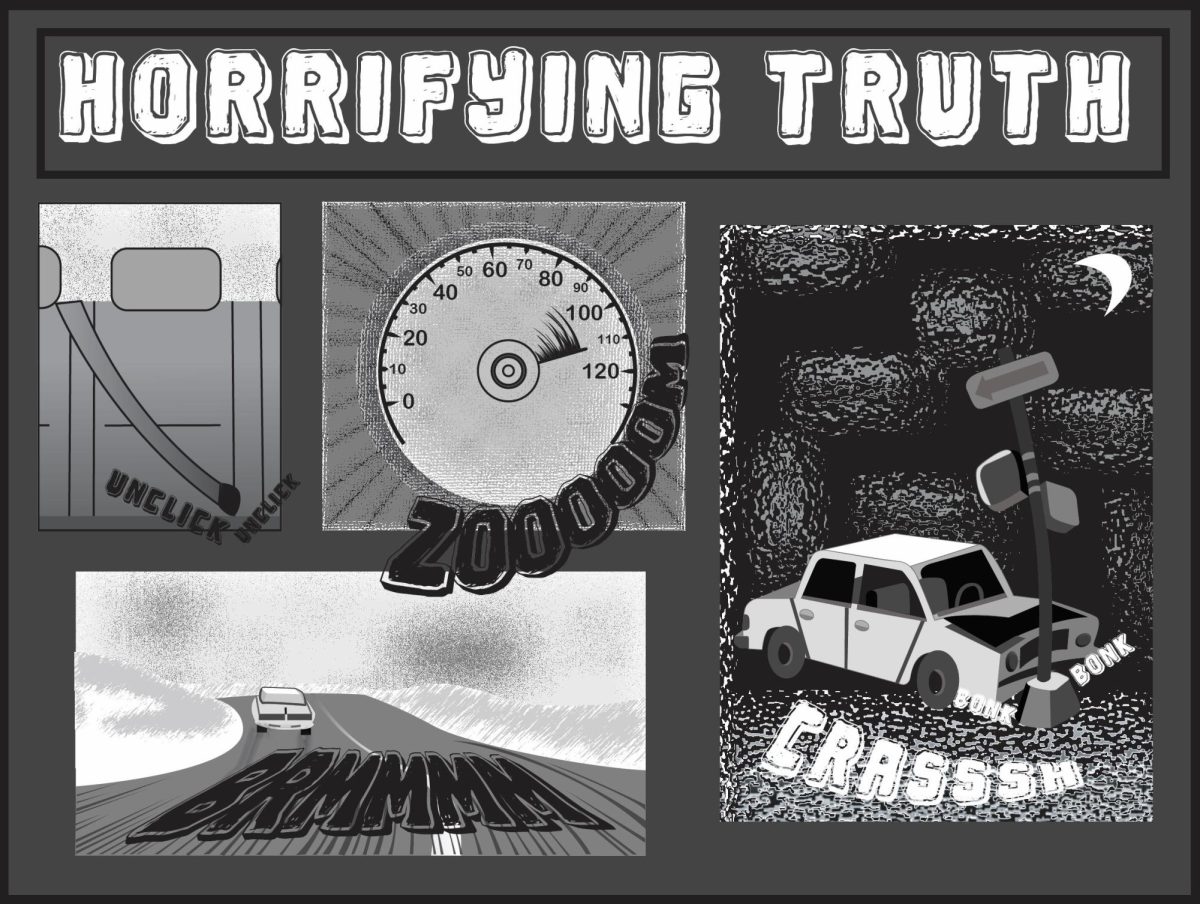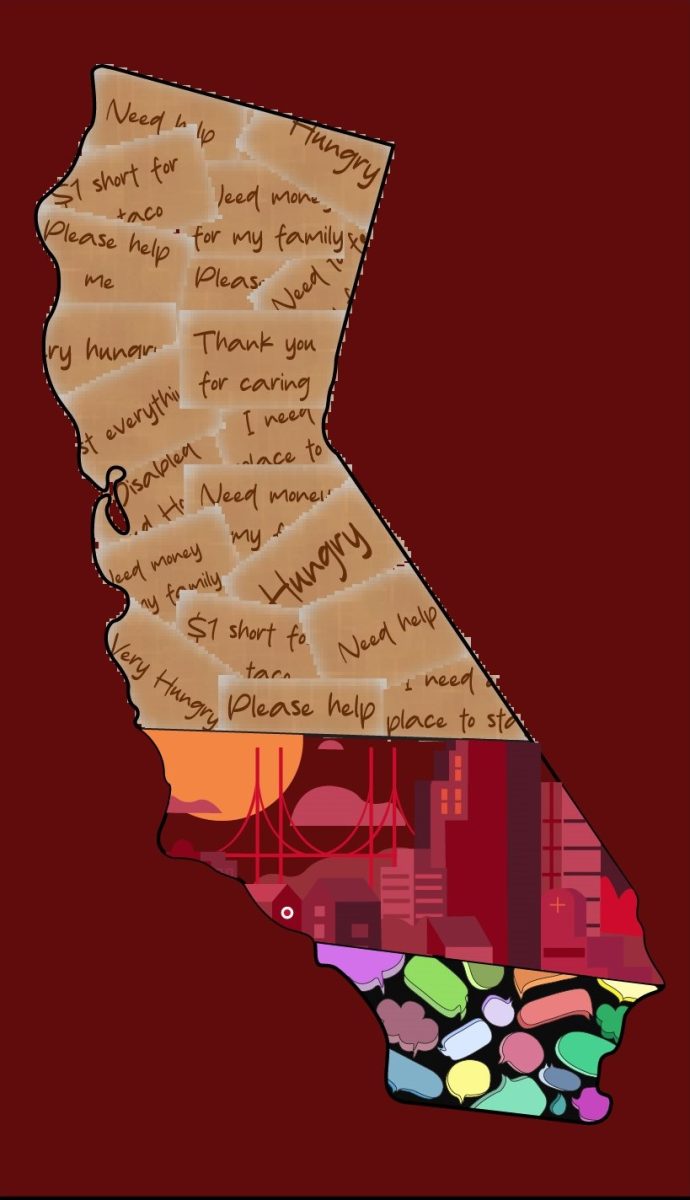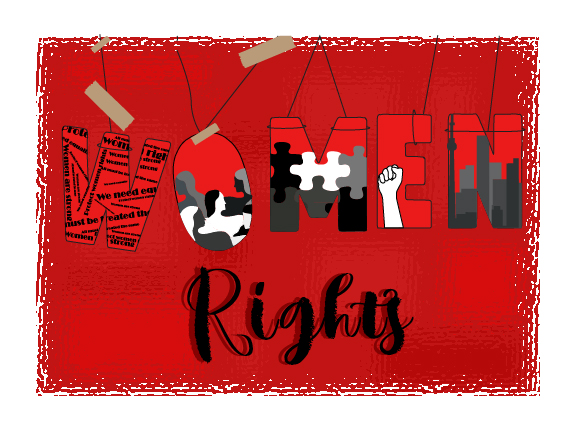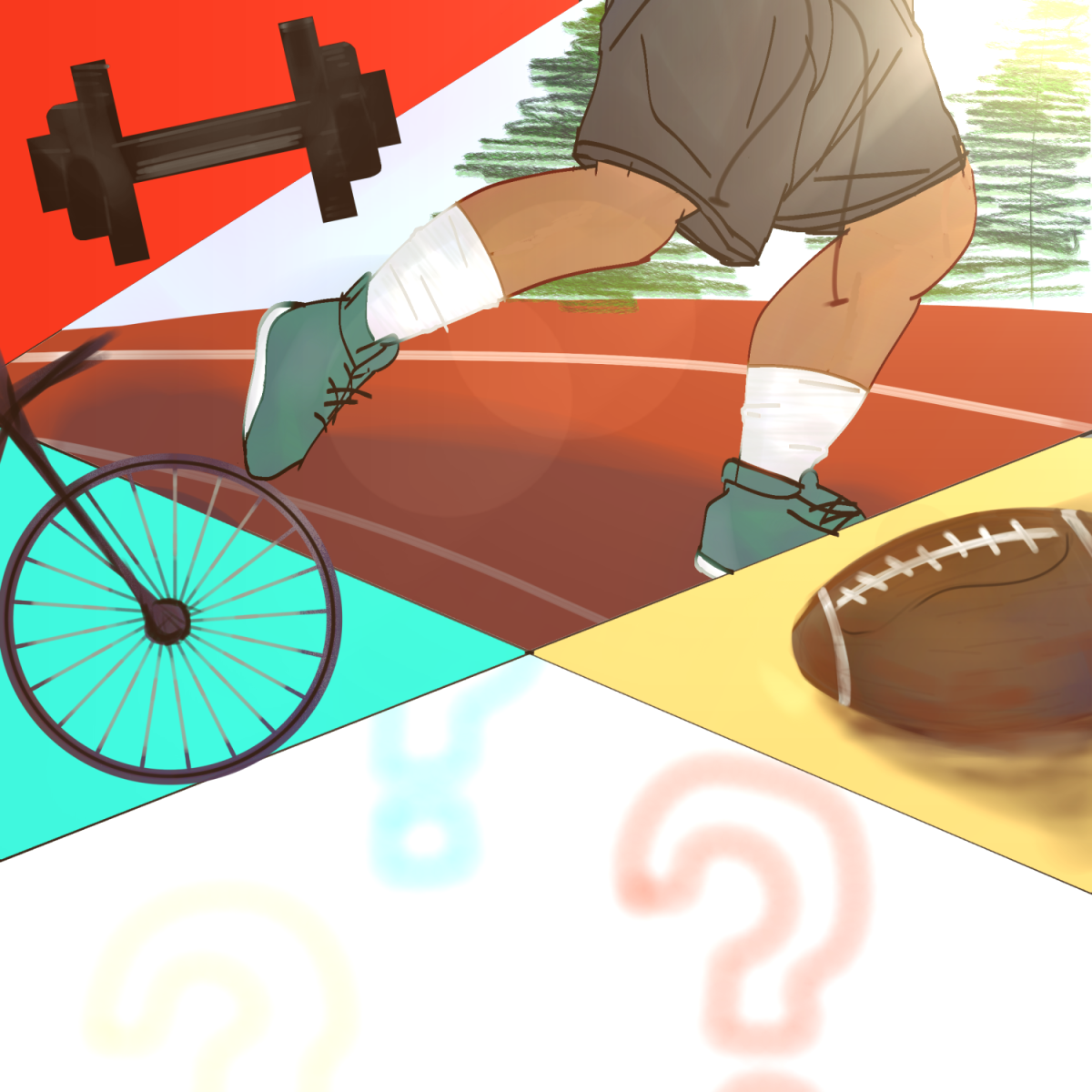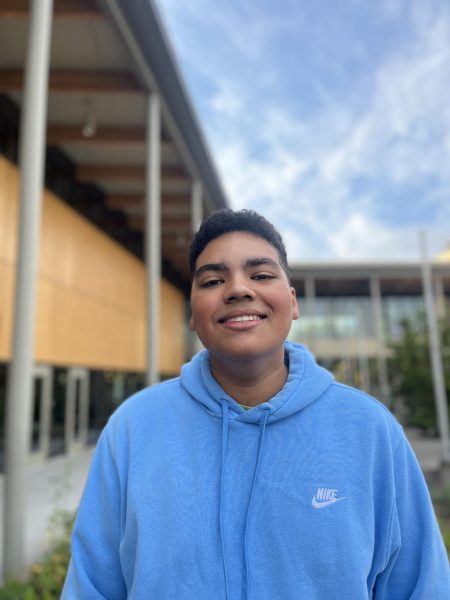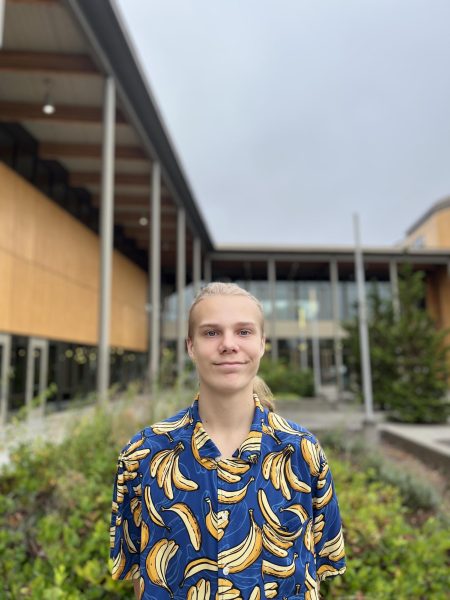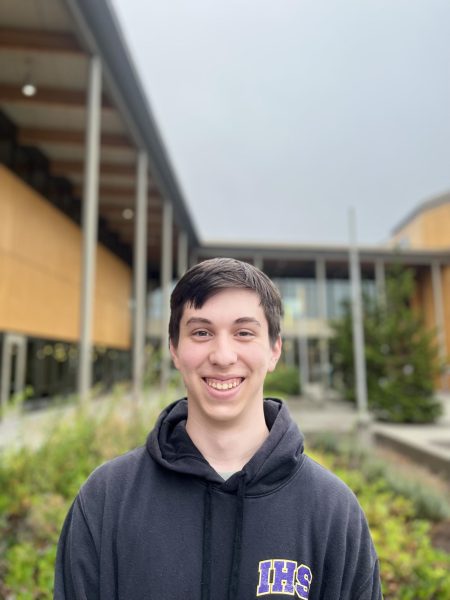You might be surprised to hear that AI has been around all the way back since the 1950s. It was not anything compared to what we have today, but it was certainly just as groundbreaking. Artificial intelligence is getting better, scarily better, to the point where we can hardly tell what has been made by a robot or a human in some cases. AI is changing faster than we can comprehend, and it might just rewrite how we will live for the rest of time.
While studies have shown the components and aspects of how the overusage of AI impacts human laziness, ChatGPT is an example of how you can use AI as a tool and the exact opposite of it. For example, many teachers use ChatGPT to proofread the assignments they give out, grade their assignments, or even use it to help write their emails. Students can use AI too, though to a stricter degree. Using AI to help you understand something you do not know in math is fine. However, using AI in ways that limit individual creativity, like plagiarism, diminishes the human voice. On the contrary, studies have shown that the overuse of AI has led to a lack of necessary skills in people, as nowadays, people prefer to choose the lazy way out and let AI do things for them. AI is a very touchy subject in the modern world, especially when it comes to AI-generated art.
Here is where generative AI comes into play, the real meat of the whole AI debate, the thing that people really like to talk about. AI generated art has been quite popular among lots of media and companies. Tiktok is an example of how AI generated art has affected the users of the app, as the ‘For You’ page is often cluttered with AI generated images. But not all of them have a specific theme or idea, some are simply made and spread because they are funny to people. Now, that kind of AI generated art is mostly lighthearted, but AI has been used in a business aspect as well. Tiktok, Instagram, and Snapchat, all use a form of AI generated art. As filters and stickers become primarily AI generated, we see how AI begins to influence every aspect of life. In the near future, we may very well see AI generated advertisements, whether they are online or out in the real world. Now, these companies say it is because they do not have to pay artists or animators to advertise their brand, but it can give people the idea that it shows a lack of effort being put into whatever they are trying to show.
In the past few years since the use of AI has skyrocketed, there has been a rise in ‘AI artists’. Many claim that it is not real art, and that giving an AI a prompt does not take much effort. It is much harder to materialize creative messages and implementations within the limits of AI that people would otherwise have to look hard for. That is why the use of AI is so frowned upon, because people are missing the opportunity to learn the skill of drawing, or that they are refusing the idea of thinking of something on their own.
With AI, it is unrealistic to assume it can make things up on its own. AI generators must take its ‘inspiration’ from real artists online. AI steals art and art styles from real artists online and even gains profit that is not rightfully theirs. Many artists and animators in the art community dislike having their artwork stolen, and want to be known for their hard work, creativity, and dedication, not another AI art style. IHS Art teacher Jennifer Arras states that “AI makes it too rough, because it doesn’t ask for permission;” adding, “I think it’s okay to borrow from another.” Some also do not care or say it is okay if the original creator’s work is properly cited, Arras claims “You need to cite your references”. A lot of the “professional” AI software is usually locked behind a paywall, meaning AI artists who want to access it the way they desire, and people pay them to “make art” for them. It is a cycle of paying and profiting.
The reason why the controversy behind this topic is so strong is because generally, people will prefer something made by a human being, because creativity within AI simply does not exist without humans. Hidden messages within art are what makes a piece so special, and it is hard to recreate that within the limits of AI. However, despite all of these occurrences and changes made in the real world, no matter how or what, this does not mark the end of human creativity. According to Arras: “I don’t think anything could end human creativity. I think we have a natural desire to make things on our own’.

